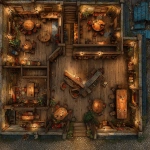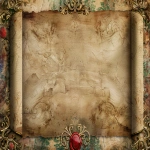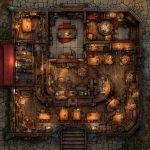Explore the Best AI Image Gallery

AI in Aesthetics: Shaping the Future of Artistic Imagery
Art is the realm of creativity. It fosters expression, evokes emotions, and communicates ideas, often without uttering a single word. But like most areas of human endeavor, art is not immune to the transformative impact of technology. More recently, Artificial Intelligence (AI) has been making waves in the creative sphere, and AI-generated images are at the forefront of this digital revolution.
AI-Generated Images: Breeding New Expressions
AI-generated images are the result of complex algorithms capable of creating unique artistic content. They are created by training AI with a database of images, teaching it patterns, colors, structures, and components. Over time, these systems learn to synthesize new, unique images that mirror or defy the characteristics of the input data.
The Impact on the Creative Industry
AI's influence on the creative sector cannot be underestimated. For starters, AI-generated images are helping to redefine the role of the artist. Traditionally, creators were individuals who manually crafted their visions into tangible works. Today, they can delegate part of this process to AI, which can generate countless variations of an idea in a matter of seconds.
Potential Uses of AI Image Generation
- Advertising: With AI, advertisers can quickly produce multiple versions of an ad, test different ideas, and select the most effective one.
- Interior Design: AI can generate 3D renderings of interior spaces, allowing clients to visualize the final product before it is physically created.
- Entertainment: In games and movies, AI-generated imagery can create realistic characters and environments, enhancing the user experience.
Ethical Considerations
While AI art presents many benefits, it also throws up ethical challenges. Who owns the copyright for AI-generated art? Is it the creator who trained the AI, the AI itself, or the individuals whose data was used in the learning process? These are significant questions that need to be addressed as AI continues to influence the creative world.
The Future of AI in Art
The long-term potential of AI in art is immense. With advancements in machine learning and data processing, future AI algorithms could create images so realistic and artistically complex that they are indistinguishable from those created by human hands. However, the real core of the future lies not just in the sophistication of AI art but in the intriguing relationship between man and machine in the quest for creativity.
](https://images.ai-img.art/thumbnails/150/7599c9e7507c77a975081d554947c9dea123e678a7ece42d30f571f639620598.webp)
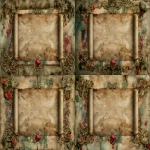
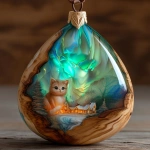
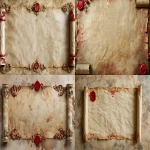
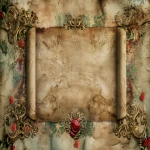
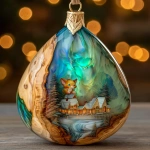
](https://images.ai-img.art/thumbnails/150/efd8a9ad06ef2c72e3378698ad5e592d3d2bf8eff85c25e75db7c9902c7be353.webp)
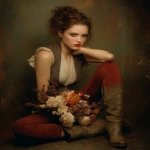
](https://images.ai-img.art/thumbnails/150/031692dcf8fbf869092e8cea50f9411a45dadc1f189ea67b8dece8e02952a7e3.webp)
